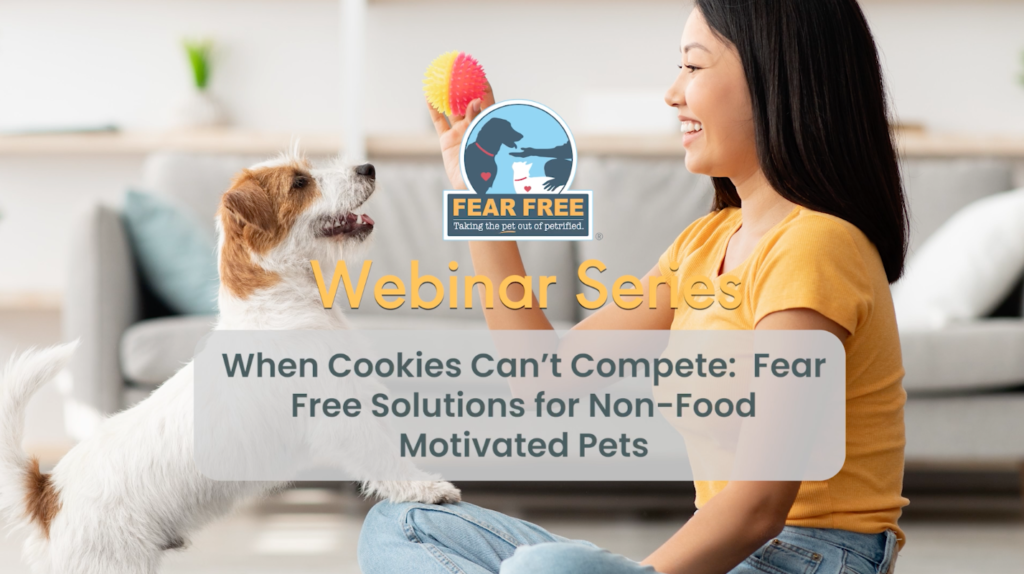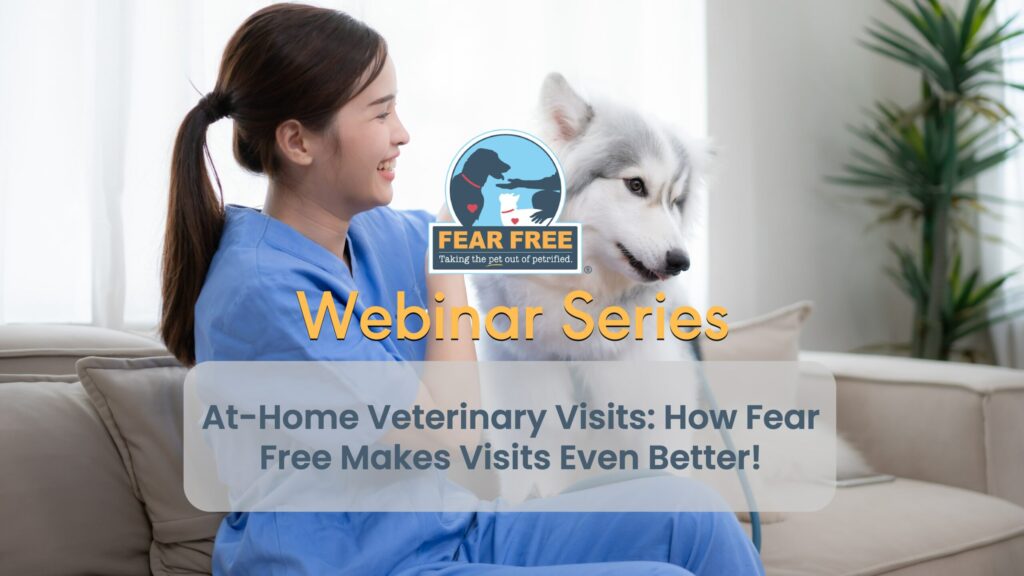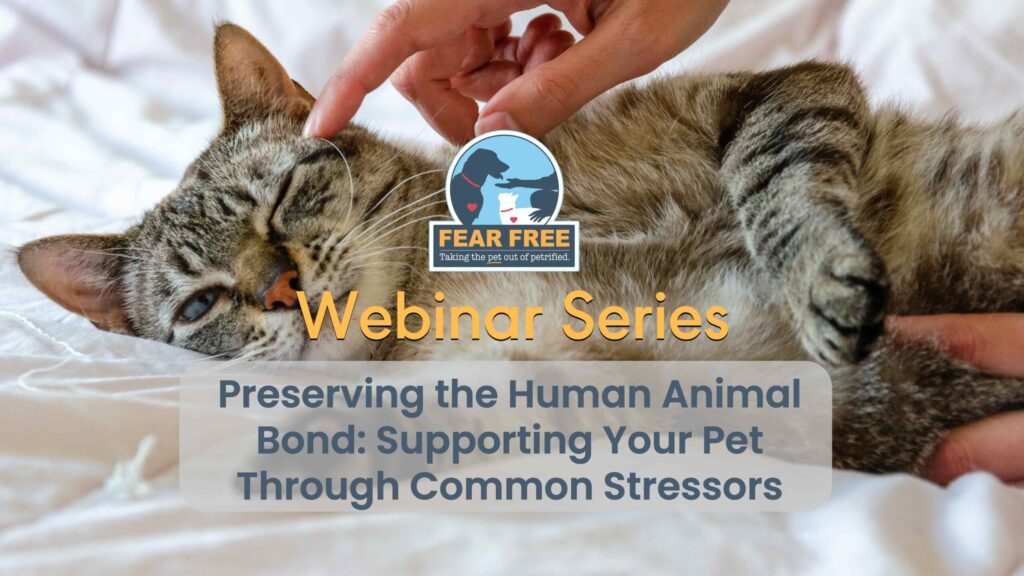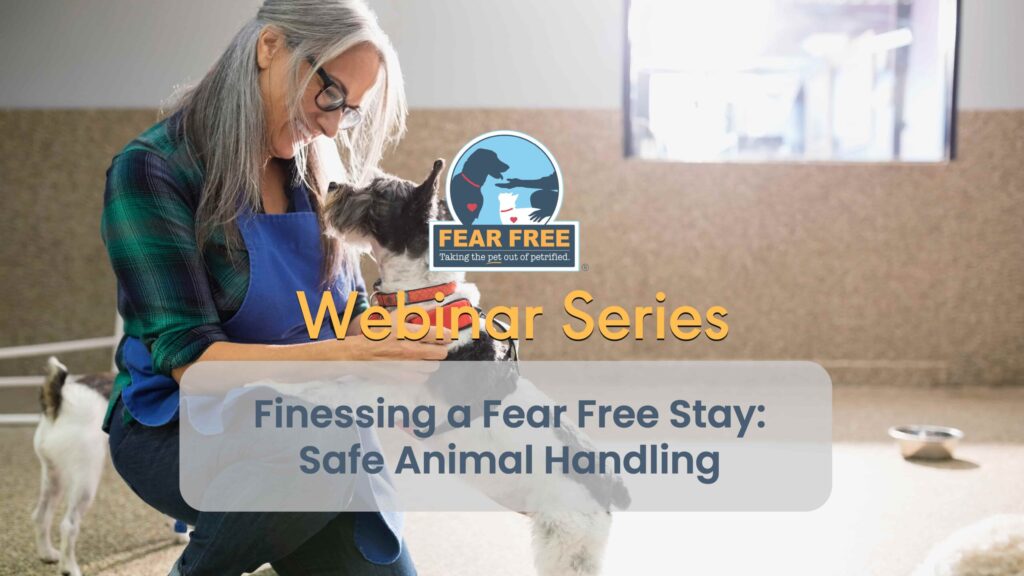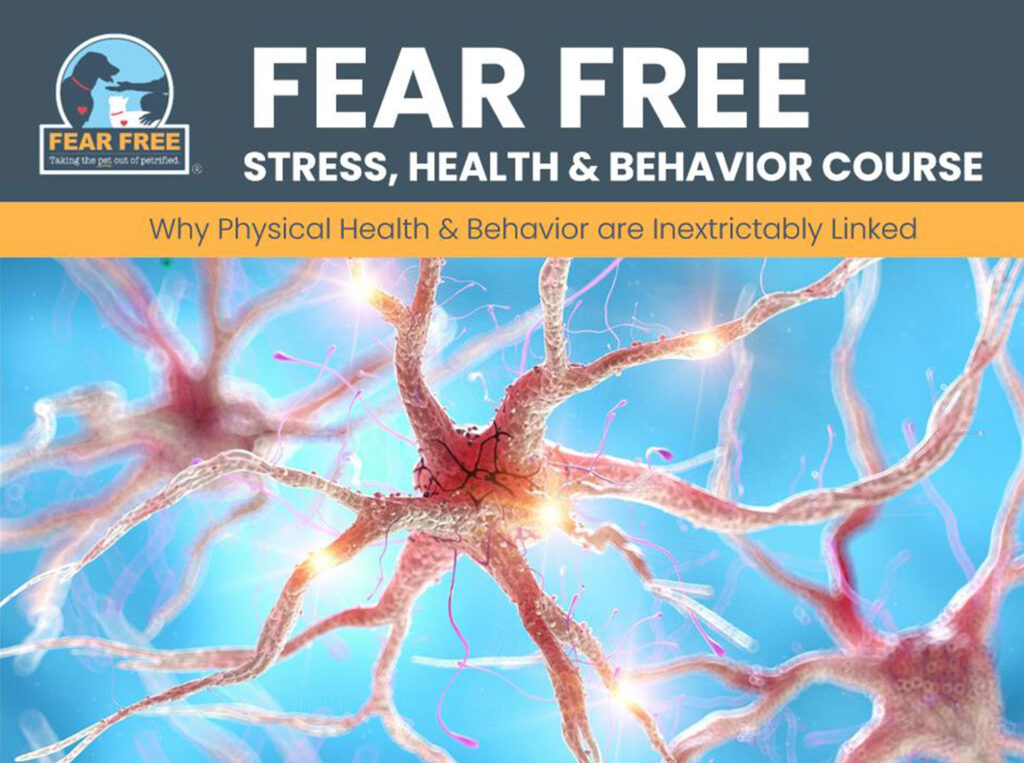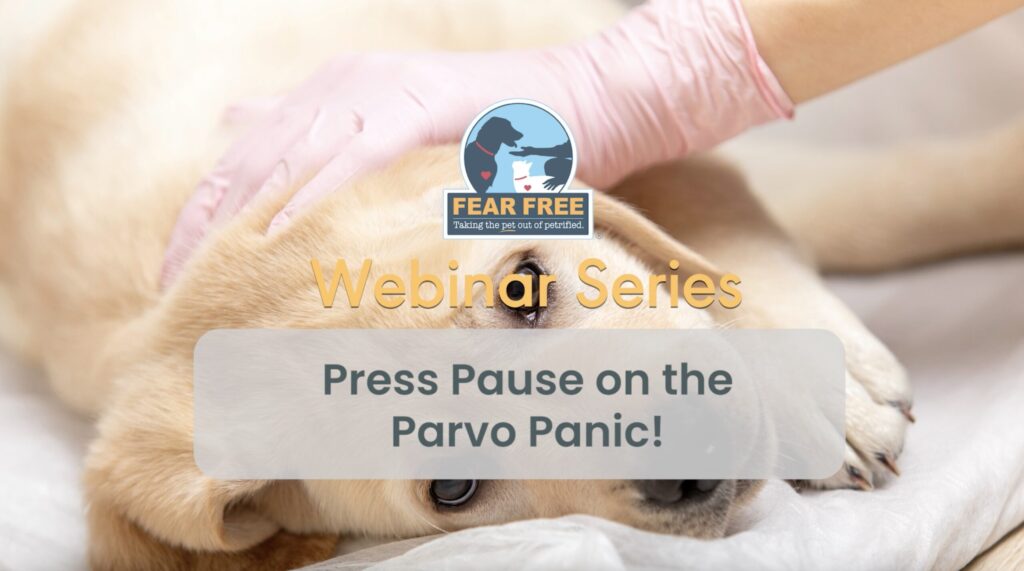
Press Pause on the Parvo Panic!
Preventing a case from becoming an outbreak; Parvo is a widespread issue, despite effective vaccination protocols. Dogs and puppies who enter shelters often have little to no protection, and are vulnerable to parvo’s devastating effects. For veterinary professionals working in shelters, a parvo outbreak is a constant threat. Join Fear Free Certified® Veterinarian, Dr. Brian DiGangi, DVM, MS, DABVP (Canine and Feline Practice, Shelter Medicine Practice), Elite FFCP, as he discusses how to prevent a parvo outbreak in a shelter setting. In this webinar, we will: Discuss resources needed to manage canine parvovirus in shelters with respect to Fear Free principles Identify gaps in preventive care and biosecurity that increase parvo risk Understand the impact of treatment options on disease course and fear, anxiety, stress, and frustration
Brought to you by our friends at Elanco.
